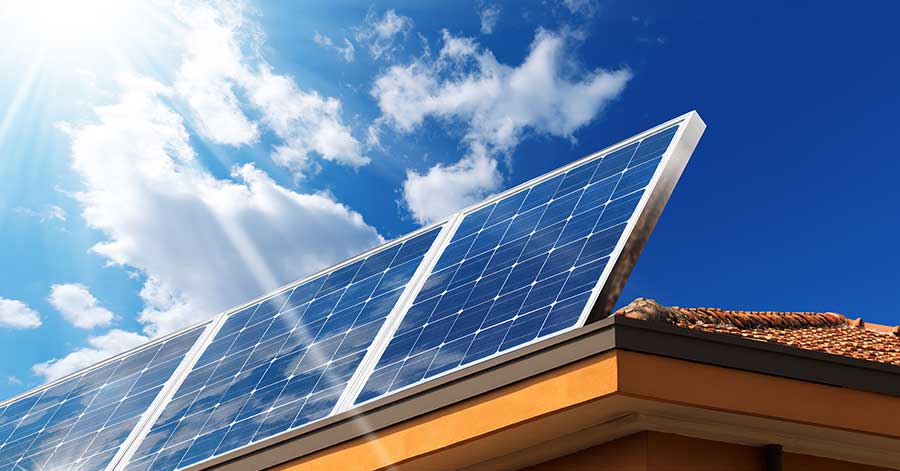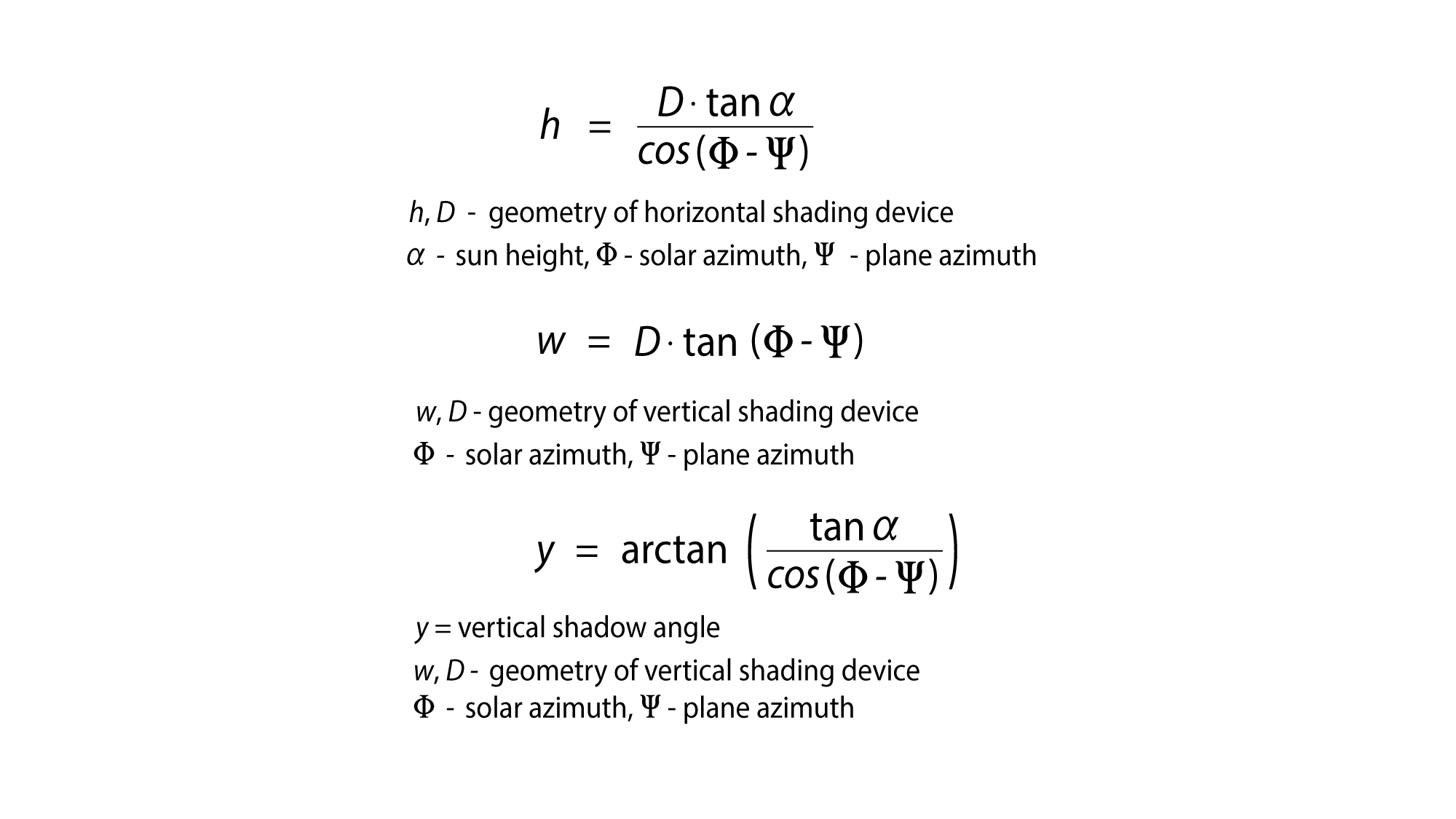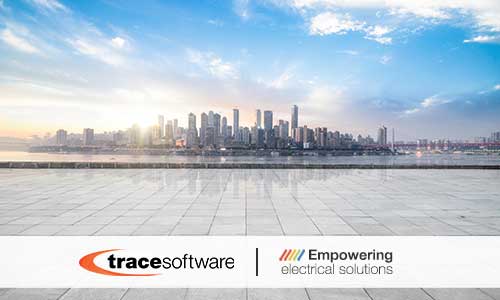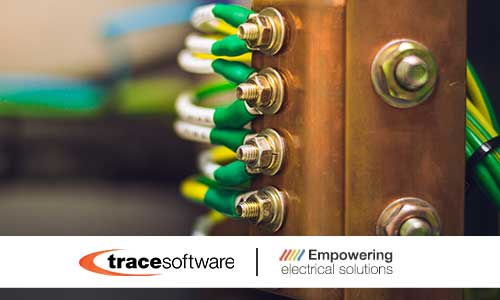The effects of solar shadings on the performance of PV panels
What is shading in solar panels?
Solar PV panels are very sensitive to solar shadings. Total or partial shading conditions have a significant impact rate on the capability of delivering energy and may result in lower output and power losses. Cells in a solar panel are usually connected in series to get a higher voltage and therefore an appropriate production of electricity. But when shading occurs, this structure presents some limitations.
In fact, when a single solar cell is shaded, the current of all the units in the string is determined by the unit that produces the least current. When a cell is shaded, the whole series is virtually shaded too. To prevent the loss of energy, the installation usually includes bypass diodes. Bypass diodes are wired in parallel to the solar cells. When a solar cell is shaded, the bypass diode provides a current path which allows the string of connected solar cells generating energy at a reduced voltage.
How can you calculate solar shading?
Shading analysis is one of the most essential steps in the phase of solar energy system design or analysis. Shading is a matter of fact in many locations. This is why it is important to perform a shading analysis during the site survey, in order to evaluate eventual and potential obstacles such as trees or buildings which could block the sunlight. There exist some equations able to calculate the solar shading and provide the client with a realistic expectation of the energy that can be delivered by the PV system.
Different types of solar shadings
There are different types of solar shadings, depending on the objects that create the shade.
Temporary shading
Temporary shading includes shading that is the result of clouds, bird droppings, dust or fallen leaves.
Shading resulting from the building
Shadings resulting from the building is critical as it involves direct shadows. Examples of this type of shading are chimneys, lighting conductors, satellite dishes, antennae, roof and façade protrusions, offset building structure, roof superstructure just to name a few.
Shading from the location
The shading from the location comes from the building’s surrounding. There could be trees or bushes, cables running over the buildings, neighboring building or distant buildings which could equally cause horizon darkening.
Self-shading
With rack-mounting systems, self-shading of the modules may be caused by the row of the modules. In these cases, it is necessary to optimize the tilt and the separation between the module rows.
Direct shading
Direct shading can cause high losses of energy as the proximity to the shadow-casting object to hinder the PV solar panel to catch the light.
archelios™
archelios™ and archelios™ Pro take into account the shadows in their calculations in the 3D model.
archelios™ has the option to incorporate backtracking and / or string optimizers. It is a powerful, innovative and easy-to-use software for the 3D design, yield calculation and bankability analysis of any photovoltaic project up to 50kWp. PV projects are directly accessible online and available for consultation or sharing.
archelios™ Pro brings professionals more production capacities and advanced options. The software includes an export function toward archelios™ Calc in order to work in the electrical sizing of cables and protections ang generate the needed documents for the installation’s compliance. As well, exporting your project to AutoCAD (.DXF) and MS Excel (.CSV) is now possible.
Both software belong to the archelios™ Suite, the comprehensive solution to manage the entirety of a photovoltaic project (feasibility study, 3D simulation, electrical sizing and PV Monitoring).
Request a free trial.




